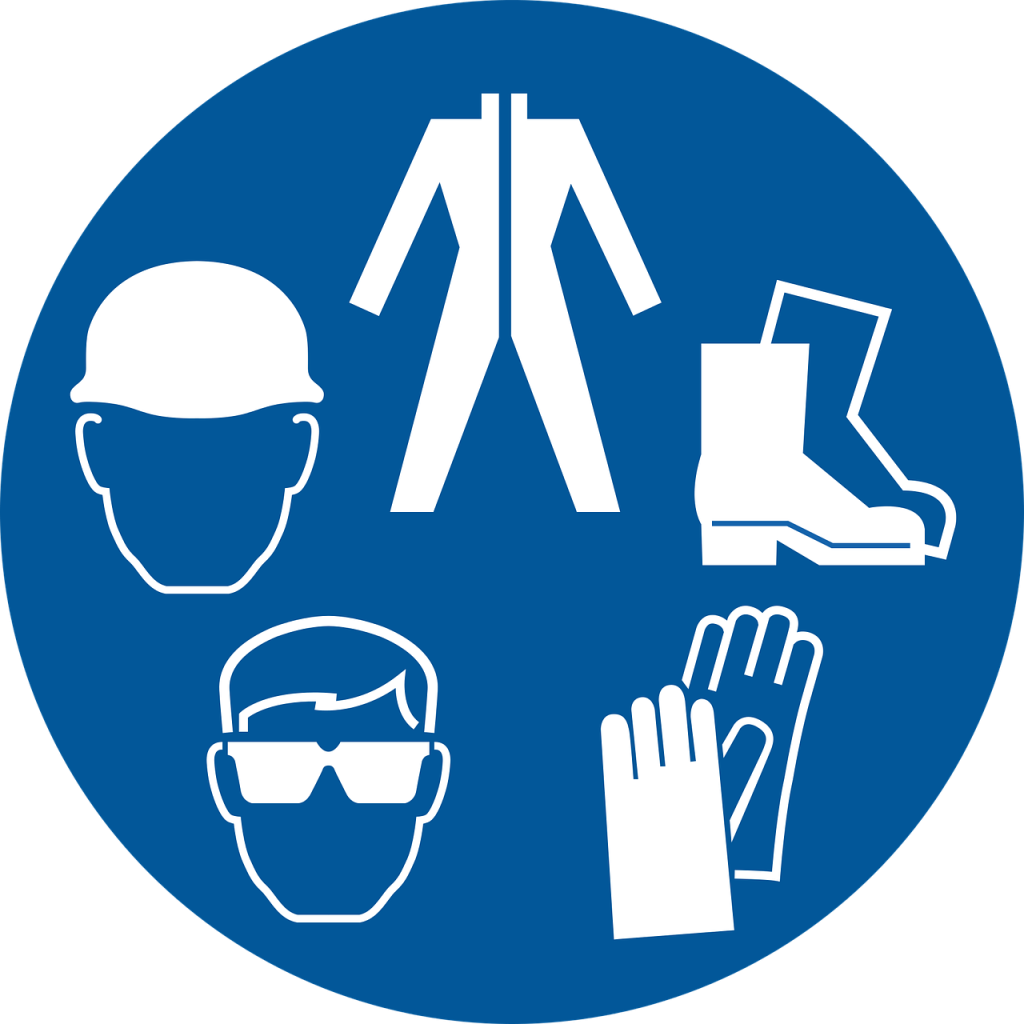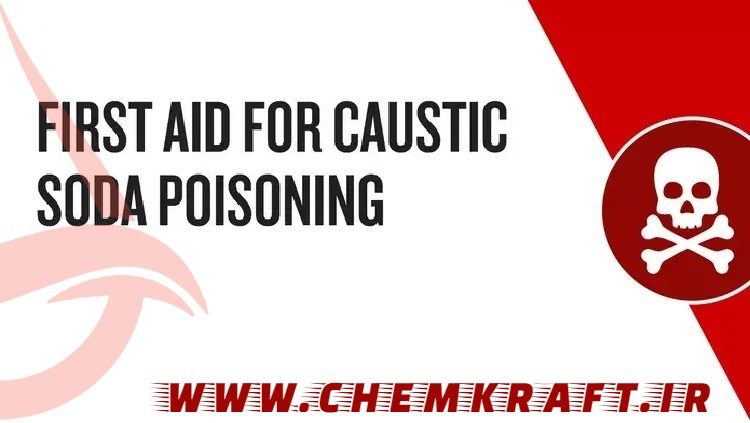Introduction
Caustic soda exposure: Caustic soda, also known as sodium hydroxide, is a highly corrosive substance commonly found in households. It is used in various cleaning products, drain cleaners, and even in solid form for certain industrial and household applications. Accidental exposure to caustic soda can lead to severe burns and other health hazards. Understanding the proper first aid measures is crucial in mitigating the effects of such exposure.
Solid Form Exposure
In solid form, caustic soda is typically found in the shape of pellets, flakes, or granules. Accidental contact with the skin or eyes can result in immediate irritation and burns. If you or someone in your household comes into contact with solid caustic soda, it is crucial to follow these first aid steps:

Skin Contact:
Immediately remove any contaminated clothing.
Rinse the affected area with plenty of cool water for at least 20 minutes.
Do not use hot water as it can intensify the burn.
Seek medical attention if the burn is severe or covers a large area.
Eye Contact:
Rinse the affected eye with lukewarm water for at least 20 minutes.
Hold the eye open and rinse thoroughly, ensuring water flushes away from the unaffected eye.
Seek immediate medical attention.
Liquid Form Exposure
Caustic soda in liquid form is often present in household drain cleaners or as a diluted solution. In case of exposure to liquid caustic soda, whether through skin contact, ingestion, or inhalation, prompt action is crucial:
Skin Contact:
Quickly remove any contaminated clothing.
Rinse the affected skin with copious amounts of cool water for at least 20 minutes.
Seek medical attention if burns are severe or cover a large area.

Ingestion:
Do not induce vomiting.
Rinse the mouth with water, but do not swallow.
Drink milk or water, if available, to dilute the caustic soda.
Seek immediate medical attention.
Inhalation:
Move to an area with fresh air immediately.
If breathing difficulties persist, seek emergency medical attention.
Stay calm and reassure the affected person while waiting for professional help.
Other Dangerous Contacts
Beyond skin, eye, and ingestion exposure, caustic soda can pose risks in various scenarios. If you encounter other dangerous contacts, such as accidental spills, inhalation of fumes, or mixing with incompatible substances, take the following steps:

Spills:
Evacuate the area immediately to avoid inhalation of fumes.
Wear appropriate protective equipment if available (gloves, goggles).
Confine the spill by creating a barrier with absorbent materials like sand or towels.
Ventilate the area and contact local emergency services for assistance.
Inhalation of Fumes:
Move to an area with fresh air.
If breathing difficulties persist, seek immediate medical attention.
Provide reassurance and stay with the affected person until help arrives.
Mixing with Incompatible Substances:
Avoid mixing caustic soda with acids or other chemicals unless instructed by a professional.
If accidental mixing occurs, move to a well-ventilated area.
Seek immediate medical attention if symptoms of exposure arise.
Health Organizations and Governing Rules
For comprehensive guidance on handling caustic soda exposure, it is essential to consult reputable health organizations and governing rules. The following organizations provide valuable information on first aid measures and safety protocols:
- Centers for Disease Control and Prevention (CDC): The CDC is a leading health organization in the United States, offering detailed guidelines on chemical safety, including first aid for caustic soda exposure. Visit their website here.
- World Health Organization (WHO): As a global health authority, WHO provides international guidelines on chemical safety and emergency response. Access their information here.
- Occupational Safety and Health Administration (OSHA): OSHA, a U.S. federal agency, sets and enforces workplace safety and health standards. While primarily focused on the workplace, OSHA guidelines can offer valuable insights. Visit their website here.
Conclusion
Accidental exposure to caustic soda in households can have severe consequences, necessitating prompt and appropriate first aid measures. By following the recommended steps for solid and liquid forms of caustic soda exposure, individuals can minimize the risk of long-term damage and complications. Additionally, consulting reputable health organizations and adhering to governing rules ensures a comprehensive approach to chemical safety in the household. Stay informed, be prepared, and prioritize safety in handling caustic soda and other hazardous substances.






